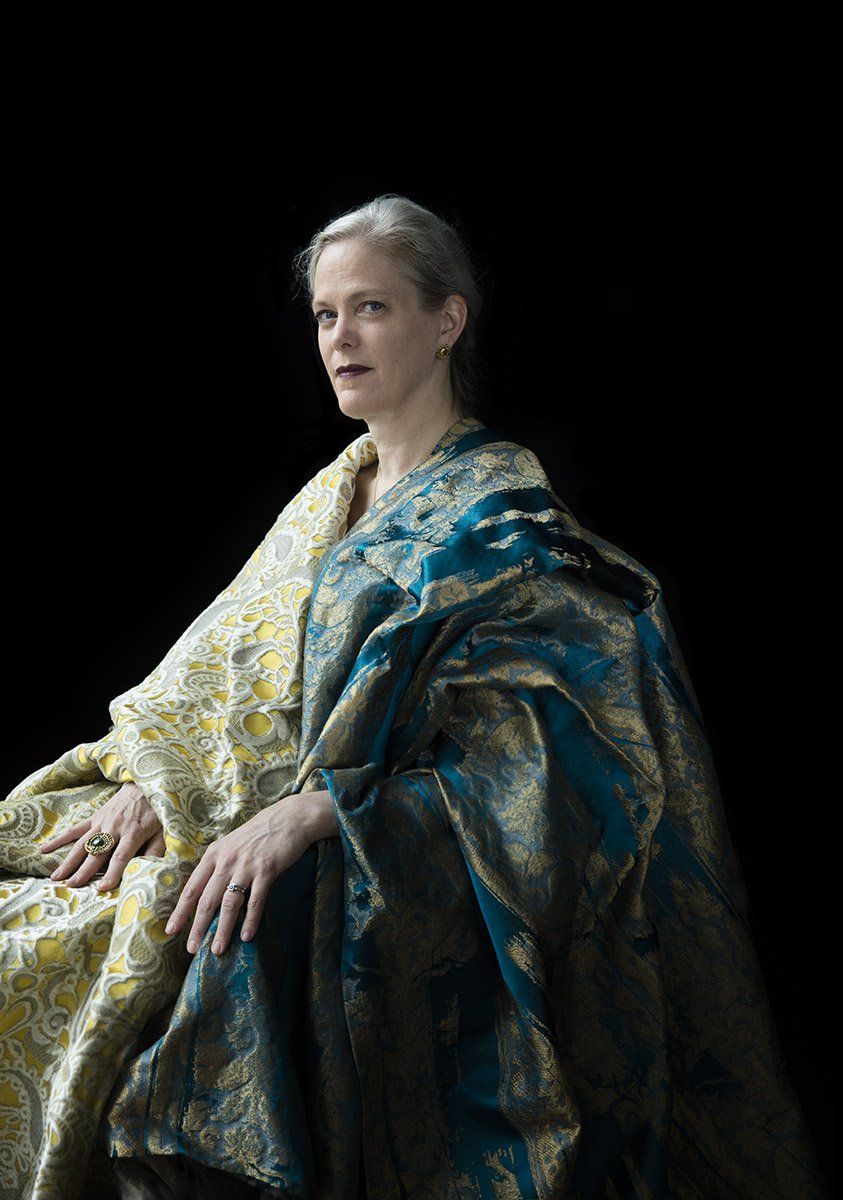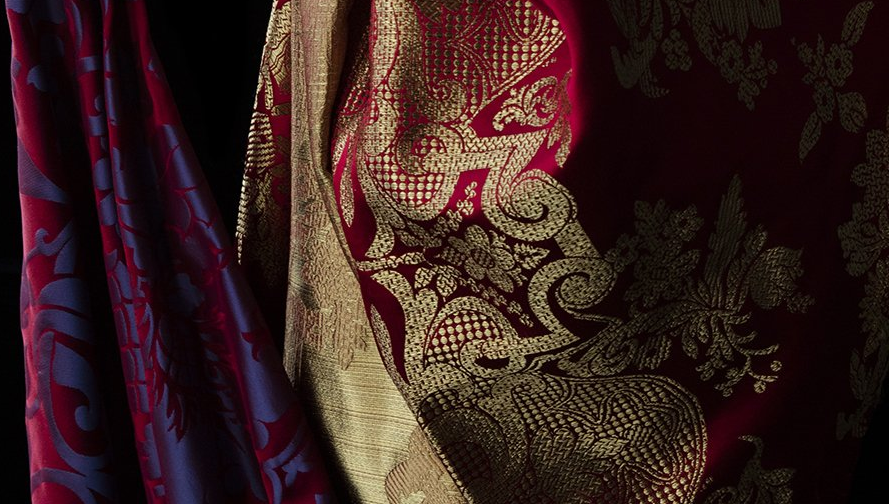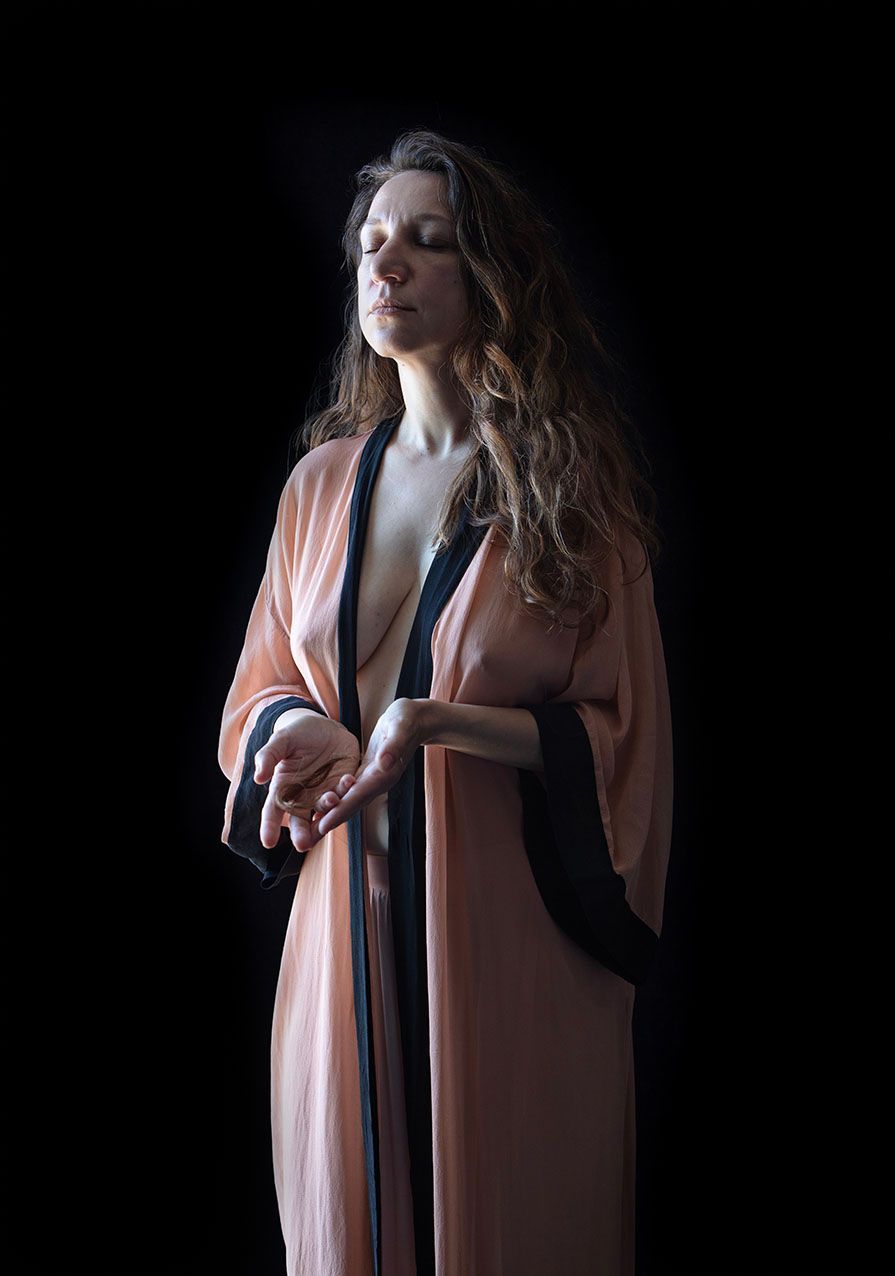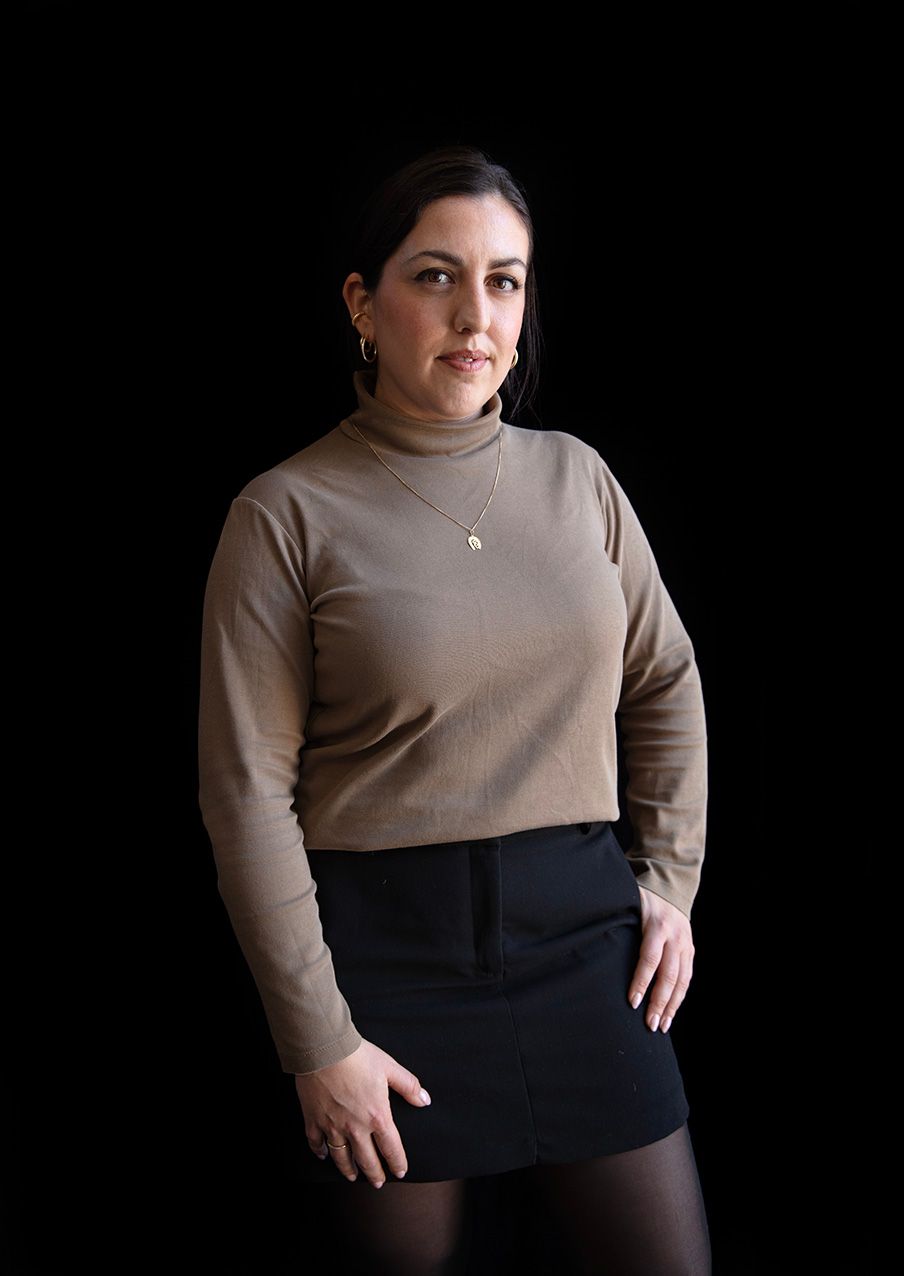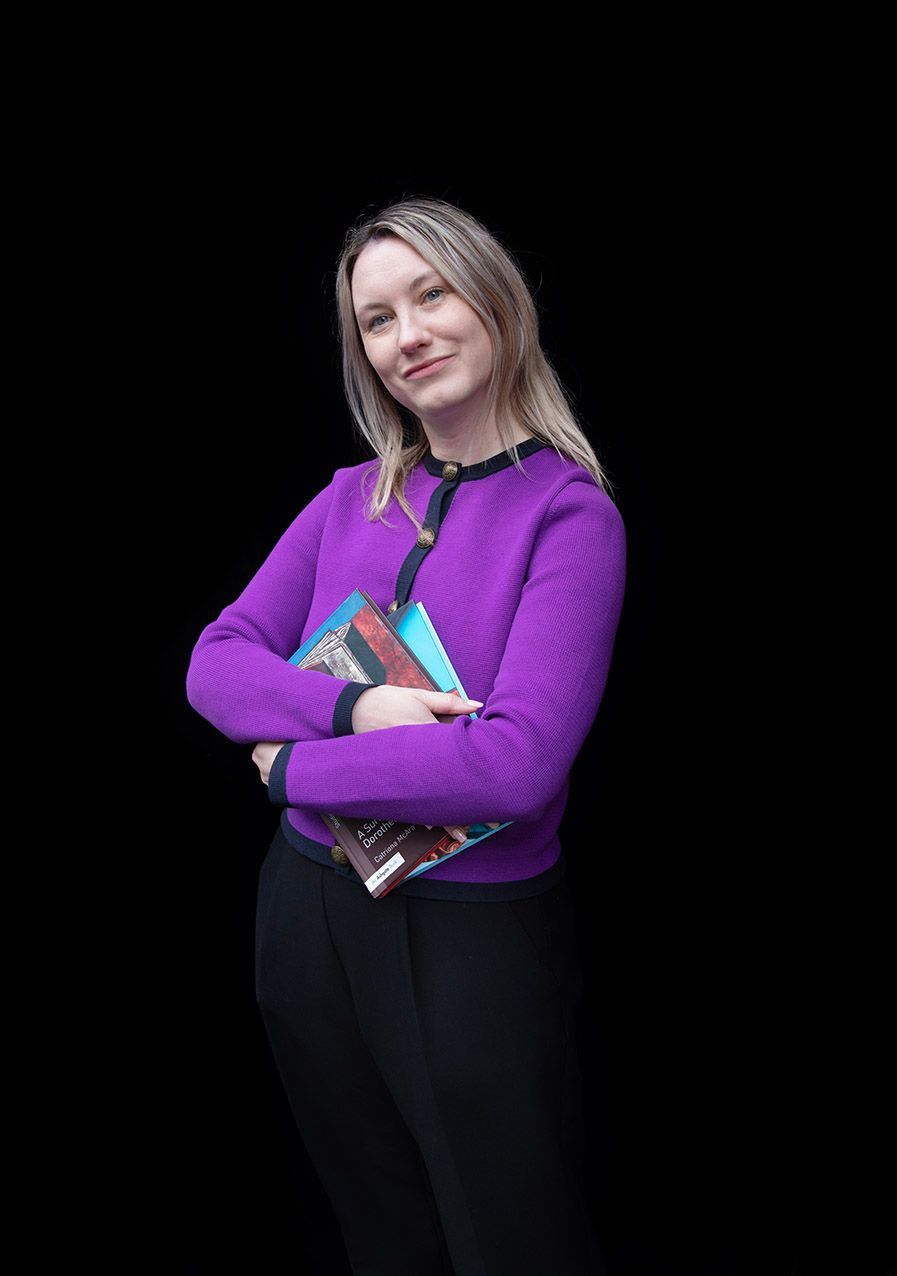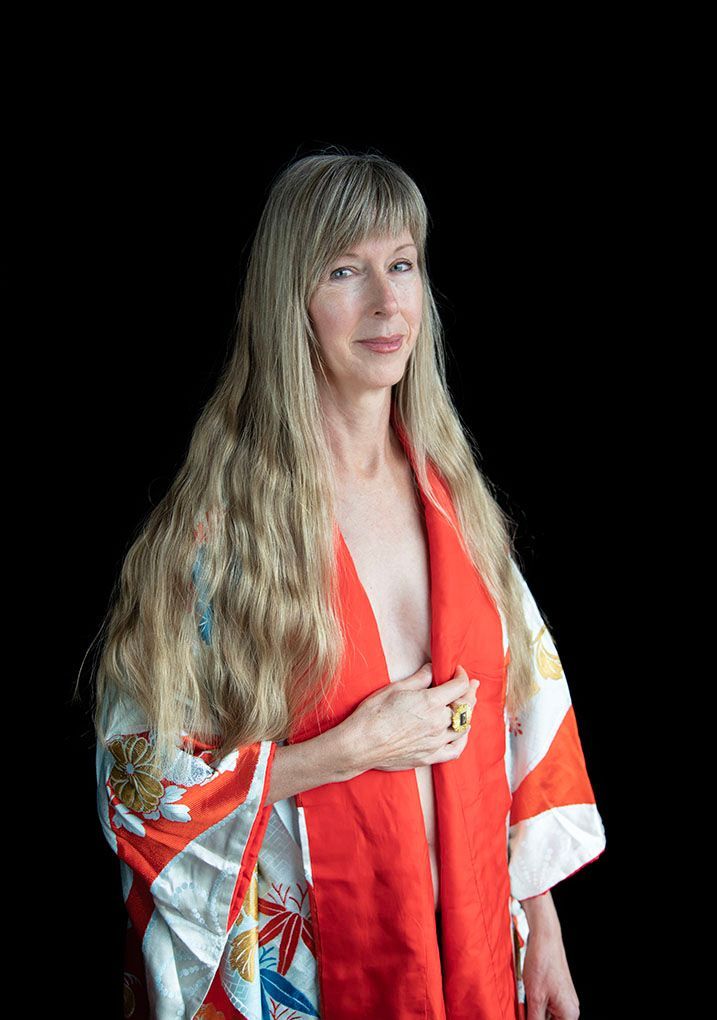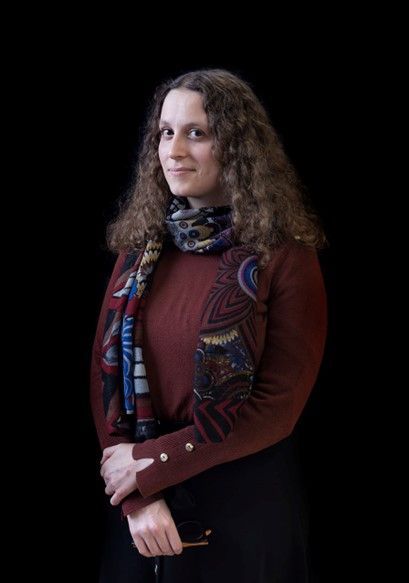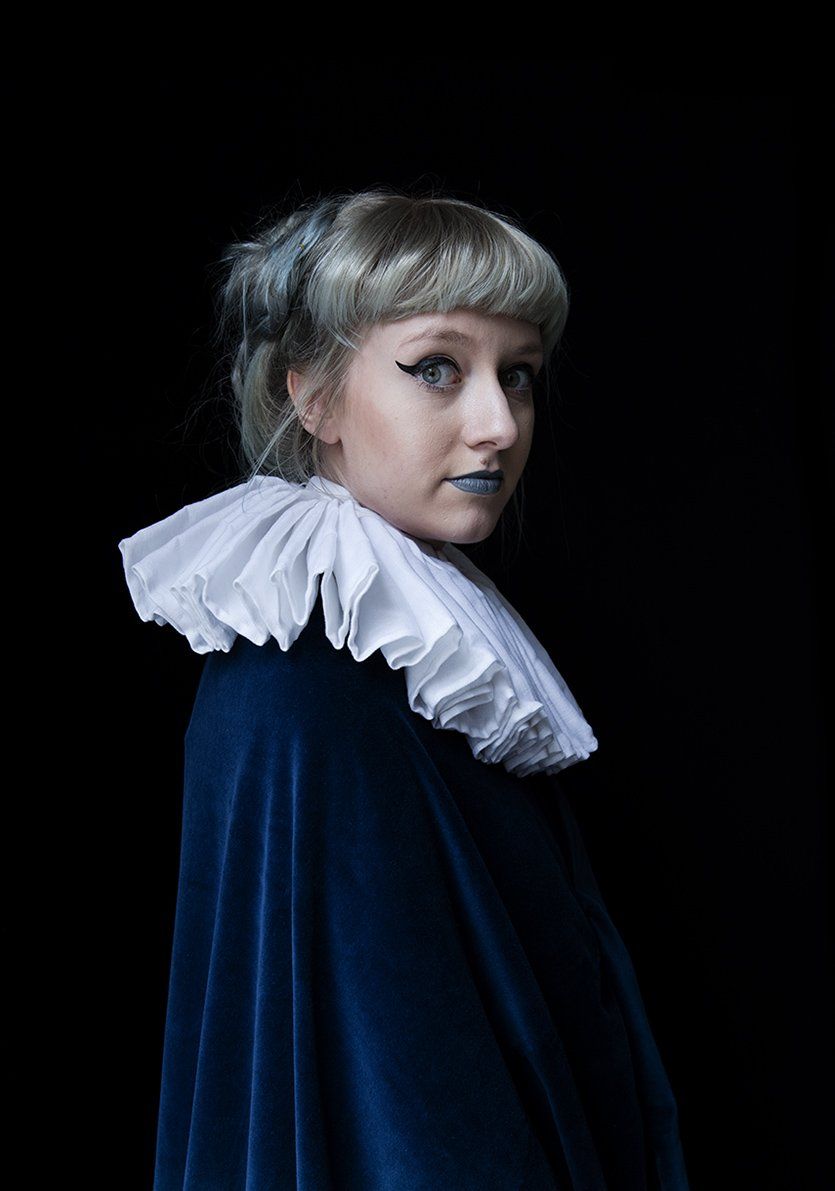Female Voices in Art: Sofie Muller, Artist
“There’s a definite lack of female energy in this world, it’s missing in politics, it’s missing in art... in everything. We are in urgent need of empathy, something that women tend to convey more often.”
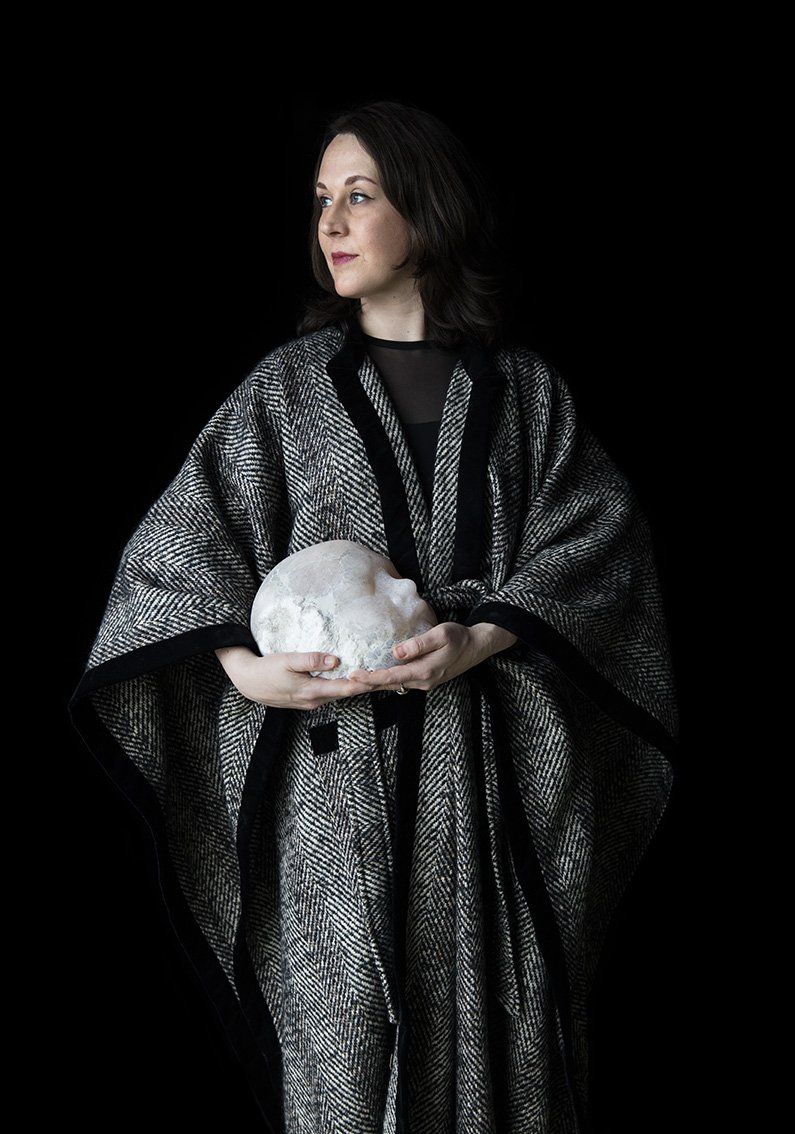
Sofie Muller (b. 1974, Sint Niklaas, Belgium) lives and works in Ghent. She received master degrees in Painting from Academie Antwerp (1996) and Graphics & Sculpture from Sint-Lucas Ghent (2002). Her complex oeuvre displays an ongoing, profound research of the human condition and the beauty of our individual vulnerability. She taps into the breaking point of the mind and body and portrays it in smoke drawings and sculptures in bronze or alabaster. Solo shows of the past four years include: Gallerie Michaela Stock, Vienna, Geukens & De Vil, Antwerp, Martin Kudlek, Cologne, Fondation Francès, Senlis, Biala galeria, Lublin, Poland, Odapark Venray, The Netherlands, Felix Art Drogenbos, Belgium, Projectos Monclova Mexico and Fox Jensen Gallery Sydney. Group exhibitions of the past four years include: Bildraum Bodensee, Austria, Palazzo Fortuny, Venice, Royal Museum of Fine Arts Brussels, Museum Ghent, Belgium, Museum Beelden aan Zee, The Netherlands, Gallery Maskara, Mumbai and Kunsthalle Nürnberg.
Could you tell us something about your role in the art world?
I am a Belgian mid-career artist who makes drawings, sculptures and installations. My work focuses on the human condition, the deeper layers of human psychology. I create mental portraits that allow universal recognition. I prefer to work with traditional media such as bronze and alabaster. I love working with alabaster because the stone is fragile and often marked by imperfections. To me, these cracks and marblings are material echoes of human injuries, physical and psychological wounds. In my – at first sight – traditional sculptures, I try to work around subtle changes that bring about minor mental landslides...
What did you enjoy about being a part of this project?
I’m truly honoured to be part of Carla’s project. We had never met before, but I knew her work through a common group exhibition at KMSK. It was already obvious back then that we share a mutual sensitivity in our work. We’re soulmates, we speak the same language.
Do you have a favourite artist?
There are so many masterpieces that move me; a family portrait by Hans Holbein, Giorgione’s ‘La Vecchia’, ‘Jewish Boy’ by Medardo Rosso, ‘La petit chatelaine’ by Camille Claudel, ‘The Kneeling’ by Georges Minne, Marlene Dumas’ ‘Black Drawings’, to name only a very few. My roots lie in Ghent, and I feel connected to artists that live and work nearby; Michael Borremans, Berlinde De Bruyckere, Thierry De Cordier en Dirk Braeckman. There’s an aura of melancholy and uneasiness that binds these artists.
What is your earliest memory involving art?
I was born in to a family of antique dealers; three generations of art collectors and merchants. Growing up, I was surrounded by art and antiques, because my father was specialised in 17th century painting and 15th and 16th century sculpture. Art and images have played an important role in my life from very early on in my childhood. I still remember the passage to the bathroom at my grandparents’ house that was filled with art. Every time I passed there was a little journey that confronted me with various frightening scenes, sculptures of saints and religious objects.
Do you have any special thoughts about the position of women in the art world?
There’s a definite lack of female energy in this world, it’s missing in politics, it’s missing in art... in everything. We’re in urgent need of empathy, something that women tend to convey more often. I don’t fool myself; we’re living in a male-centred world. We’re overpowered by male energy, by sheer rationality, oppression and aggression. In our daily reality, so in the world of art as well. It’s very difficult to keep going as a woman artist, unless you start behaving in a male way. One of the challenges of women in the arts is to keep away from imitating our male colleagues.
What are you wearing, and is there a story behind it?
I’m
wearing a Veronique Branquinho coat. It’s vintage. Branquinho’s designs are
timeless, strong and romantic at the same time. I’m holding one of my alabaster
sculptures: Alabaster Mentalis AL/LIV/17.
It’s a portrait of my
little nephew, Vidas, who was just a couple of months old when I made the
sculpture. The white crust and clay residue remind me of the skin of a
new-born, unwashed baby. You can see it as a dialogue between the fragility of
his young life and the solemn strength of the stone. This sculpture will go on
auction in June at Philips in London. A benefit-auction for h’Art magazine –
Belgium.
What impact has the current health crisis on your daily practice?
As an artist, I spend a lot of time alone in my home and studio, so I’m used to living in self-imposed quarantine. My daily work process has changed much in that regard. But, we will have to learn to deal with the new feeling of uncertainty. And this is quite intense… it’s very confrontational. Unfortunately, some of my family members got infected with covid-19 so things got scary. I have felt a strong urge to return to my roots. Where do I come from? Who are my ancestors? It has drawn me even closer to my family. I’ve been browsing old family archives and started making relics of some sort, based on the memories of beloved family members.
Is it changing your views on Art?
Things are certainly put into perspective because this latent existential threat of getting sick helps you focus on what is really important in life. What’s going on in the art world these days, passes me by without much interest. Many exhibitions are currently canceled or postponed, and the few projects that are set up attract much less attention.This is a time for reflection for the art houses, the galleries and also for us, artists. We all feel the financial repercussions, and I’m afraid things will get quite difficult. But Corona can't stop creativity…
Are you creating new initiatives and ways of working?
I am exploring various new paths, experimenting with new materials. A very large project is currently still in the process of creation, which I will hopefully finish in two years' time. But that is top secret.
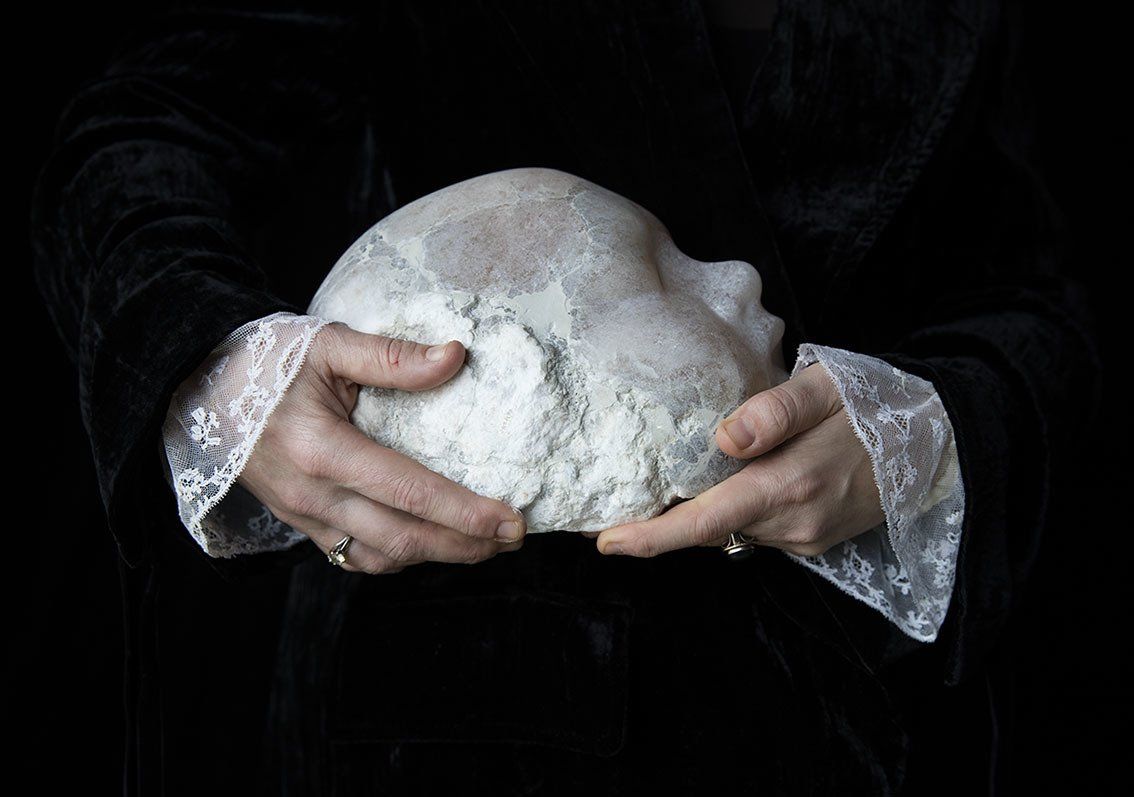
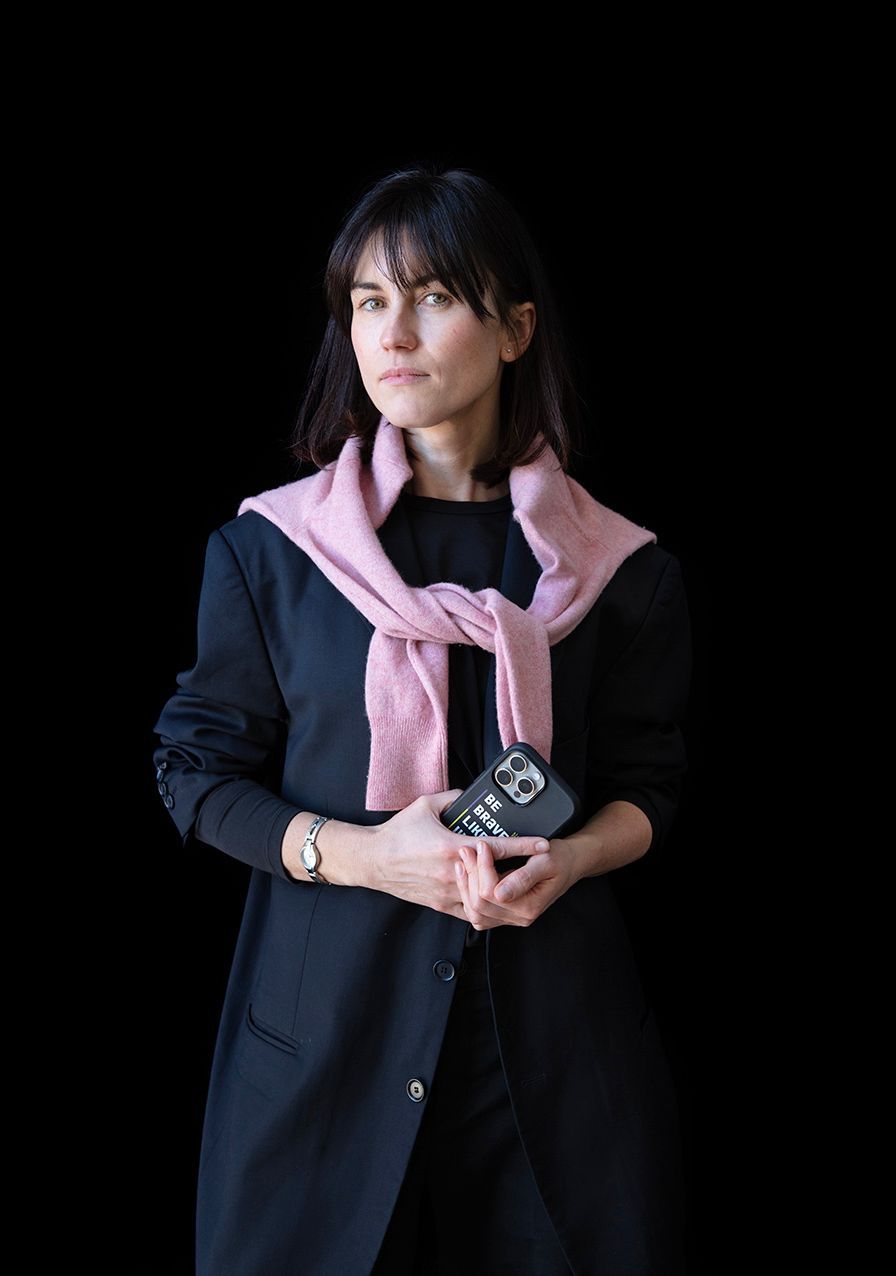
Female Voices in Art: Interview with Mariana Varchuk, Curator Khanenko National Museum of Arts, Kyiv
